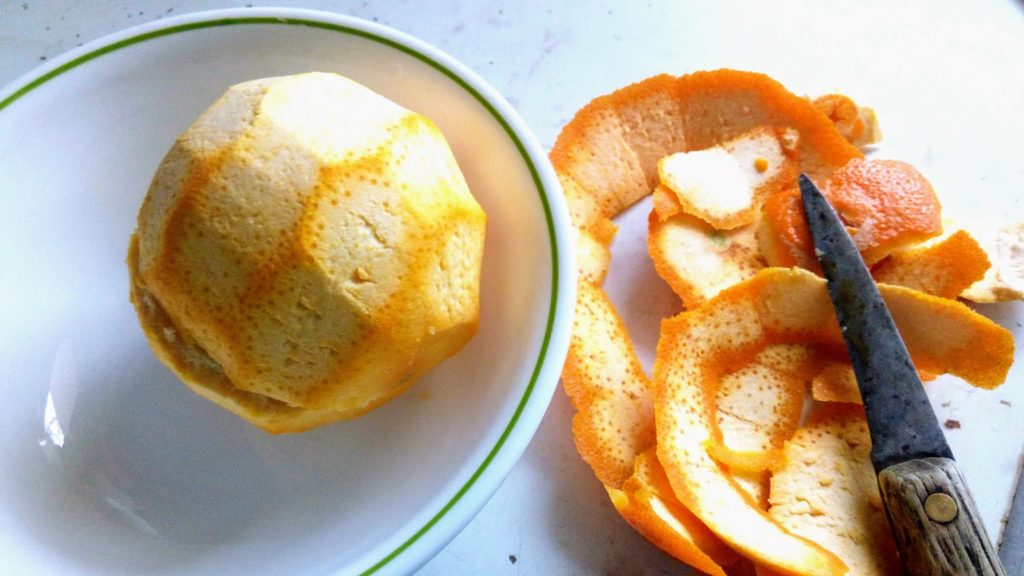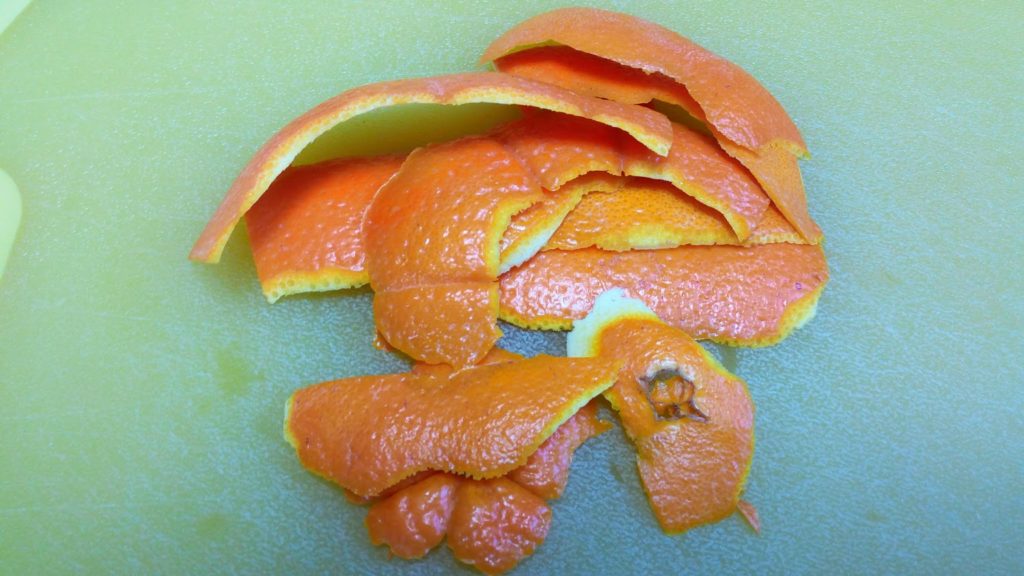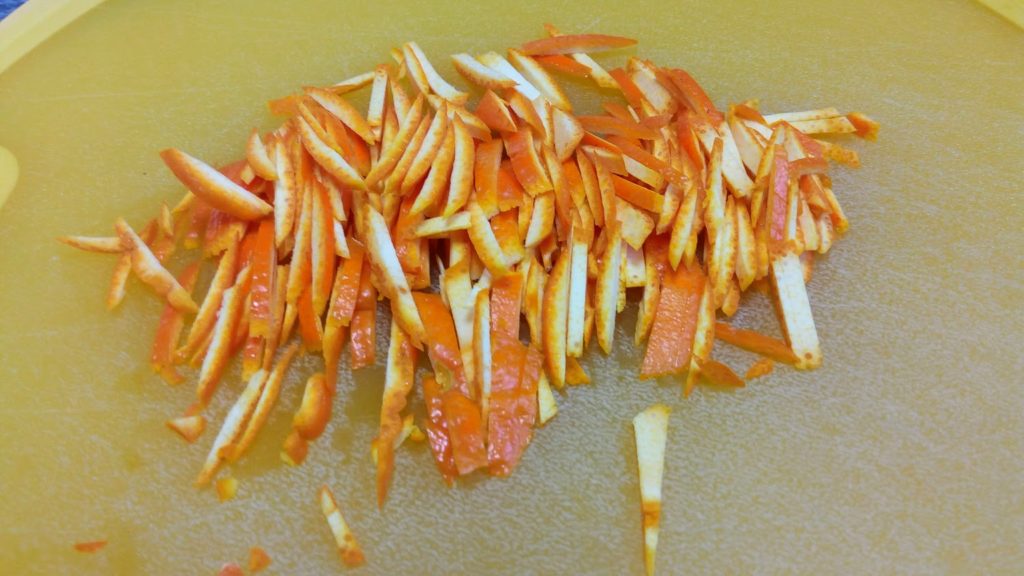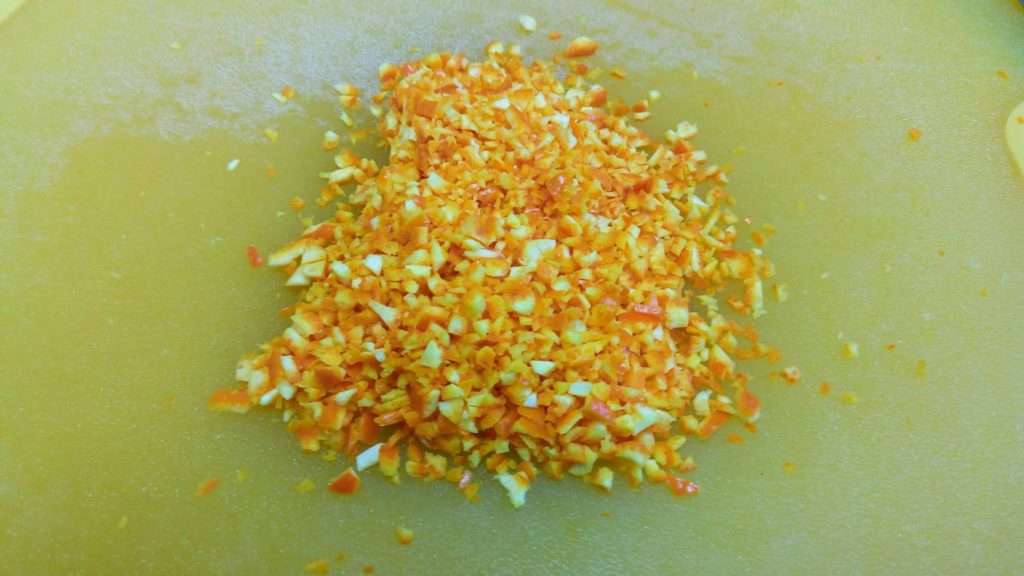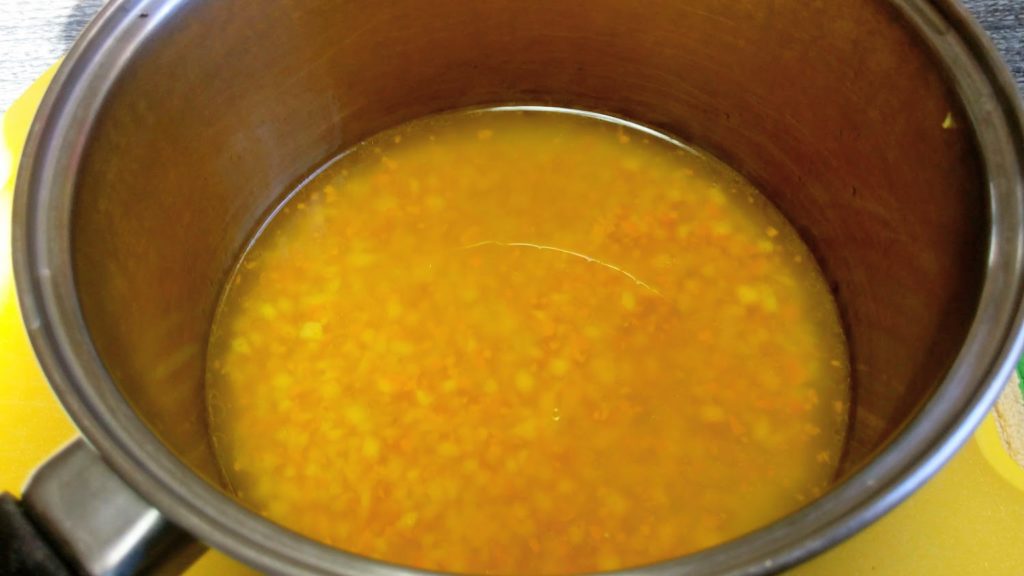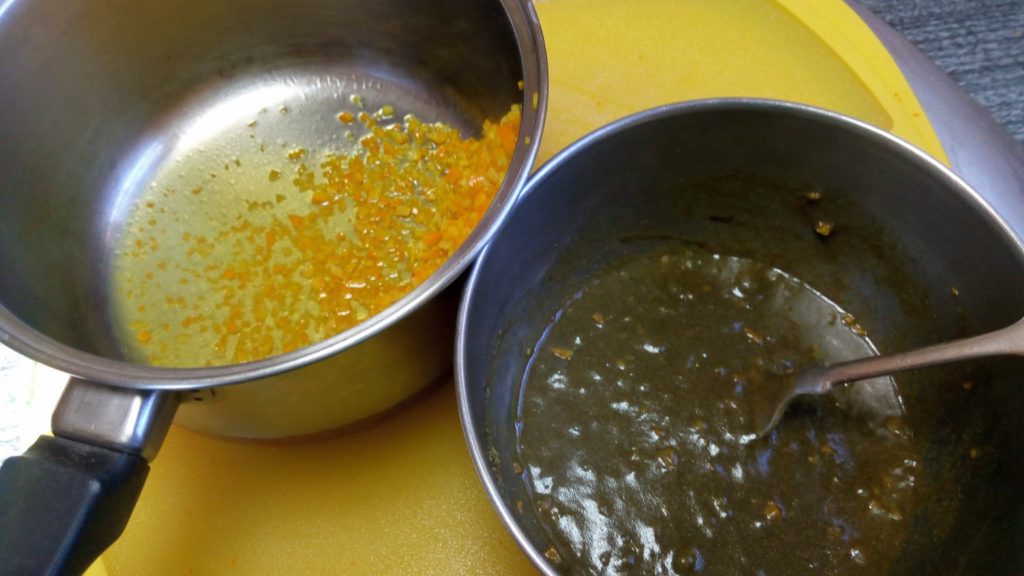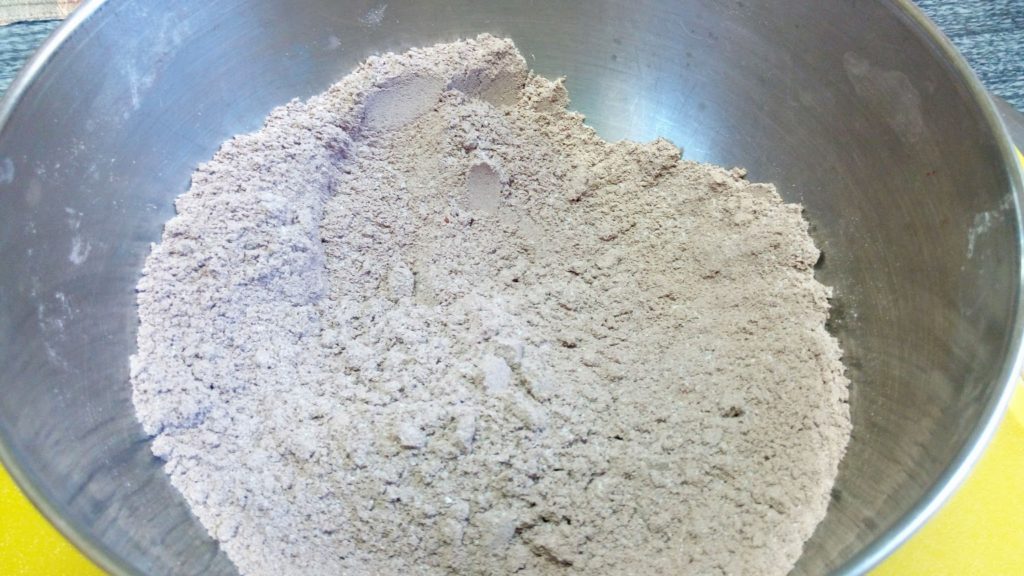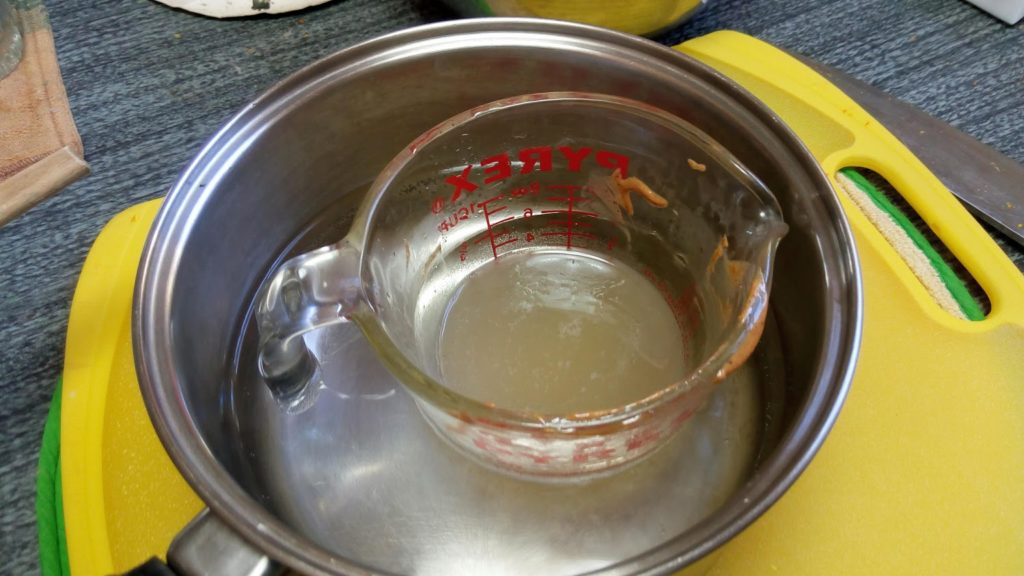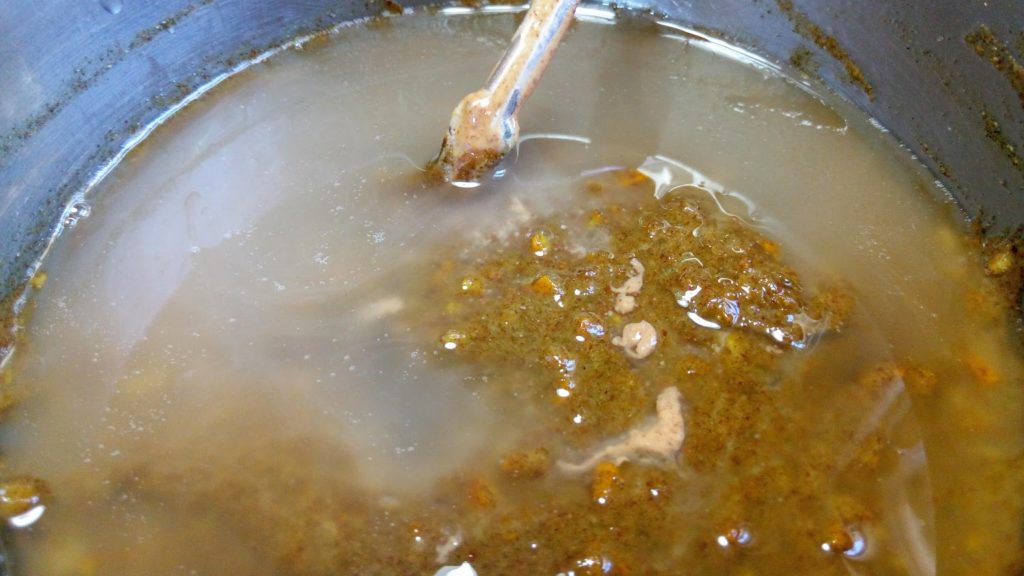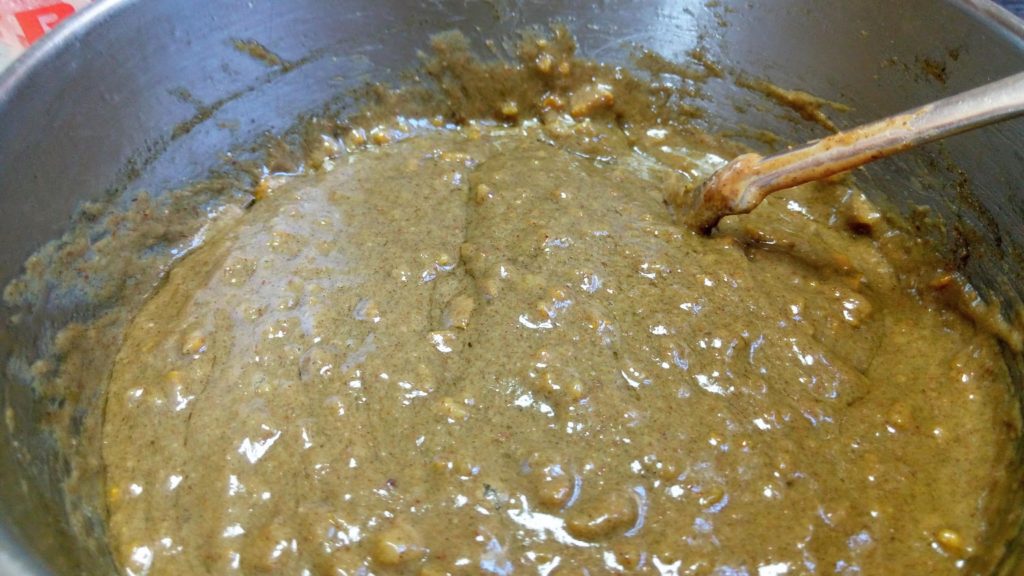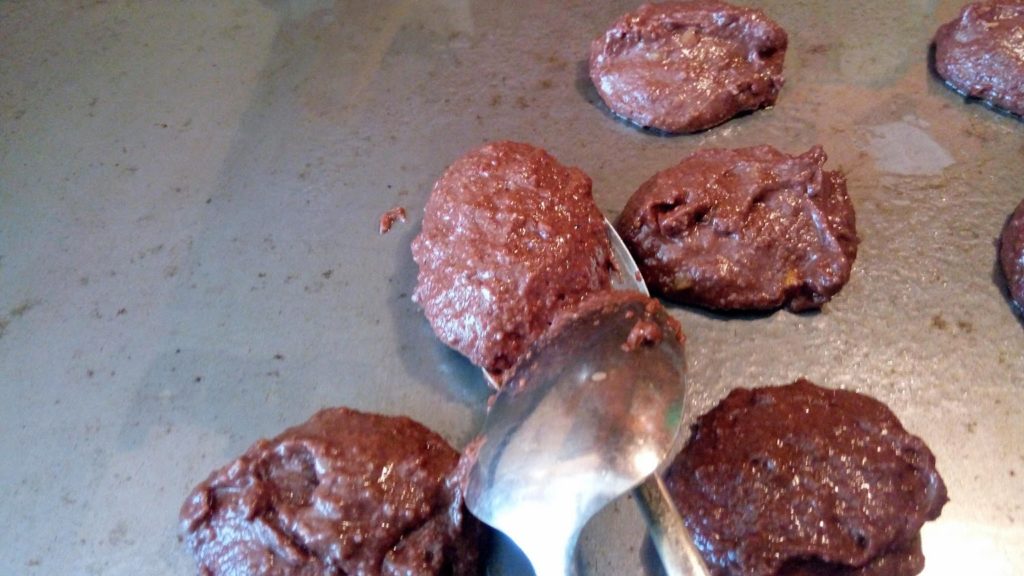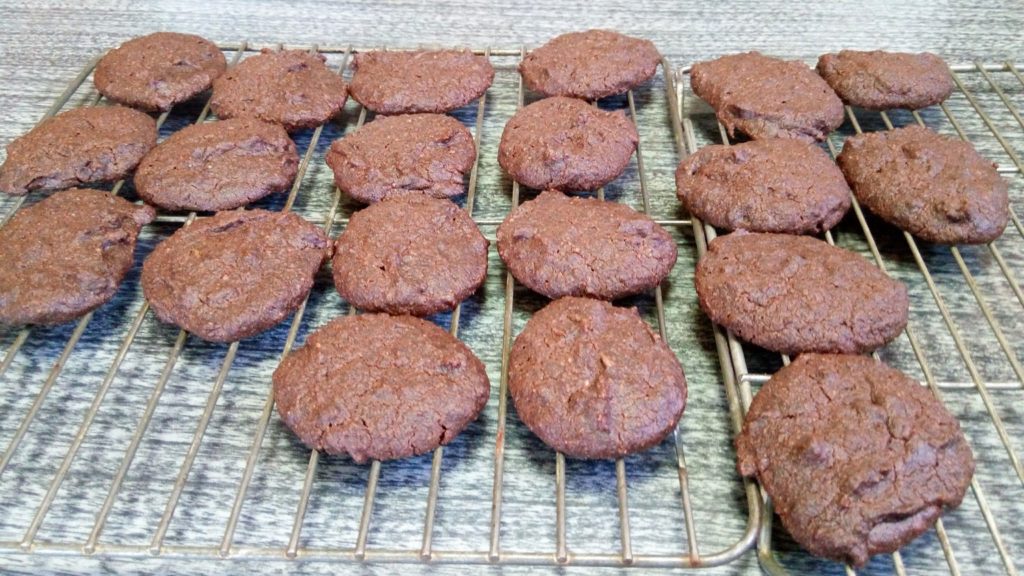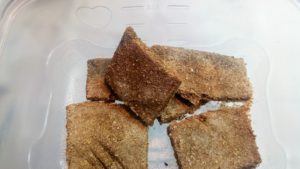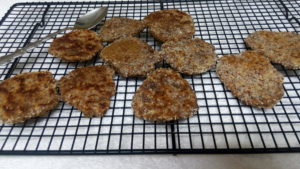This recipe could be modified to use more standard ingredients, but as made, (trial one), it is gluten free, corn free, egg free, dairy free, and incorporates a number of healthy, nontypical ingredients, with some extra protein from almond meal.
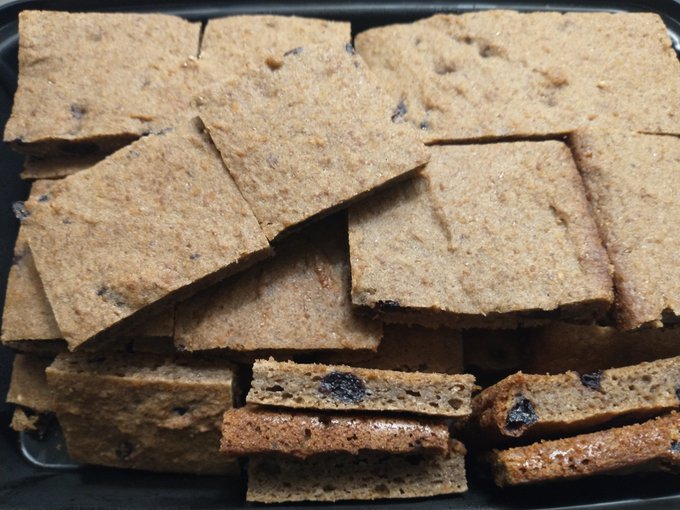
Optional but healthy – fruit peel tea – could use boiling water instead.
Step one – make a batch of fruit peel tea – rough draft recipe/directions included towards the end of this document, before the reference section. (Foods & Phytonutrients that might benefit T-cells)
Dried fruit, soak in advance stage, takes the longest.
Add to one cup of the hot tea & let soak for about an hour, stirring occasionally – one cup dried blueberries, one cup almond meal.
Wet ingredients & the egg substitute
Add to one cup of the hot tea in a sauce pan & stir over low heat for a couple minutes – 3 tablespoons Gumbo File, 3 tablespoons Golden Flax meal; then add 1/3 to a 1/2 cup of Coconut oil, stir occasionally as the coconut oil melts and work it into the emulsified Gumbo File mixture; as it is mixed remove from the heat. Stir in 1 cup of coconut sugar or cane sugar, 1-2 teaspoons vanilla, 3 teaspoons lemon juice or apple cider vinegar.
*or you could use 6 tablespoons Golden Flax meal, or 6 tablespoons Gumbo File, however they each have health benefits & slightly different emulsifying power and flavor.
Combining the wet ingredients
Once the dried blueberries and almond meal have absorbed most of the hot liquid, add the emulsified sugar mixture and 3/4 cup applesauce or a milk equivalent would also work. Mix it all together thoroughly.
Dry ingredients – mix and wait to add until the dried fruit is thoroughly soaked and combined with emulsifier.
- 2 cups Gluten Free Flour mix – corn free – or 2 cups brown rice flour
- 1/2 cup Tapioca flour/starch (good source of resistant starch once cooked and chilled)
- 1/2 teaspoon Baking Soda (Baking powder has corn starch so I don’t use it – and that is why there needs to be lemon juice or apple cider vinegar as an acid, to react with the Baking Soda)
- 1/2 teaspoon Salt, rounded
In a large enough bowl, combine the dry and wet ingredients together and stir thoroughly.
Pour the batter, (it should be fairly wet, but not as runny as a pancake batter, more like a wet cookie dough or muffin batter) into an oiled cookie sheet or jelly roll pan – a large flat pan with sides. Bake in a preheated 350’F oven for about 40 minutes. Let cool in the pan and cut into bars. Refrigerate in an airtight container. Resistant starch content is increased once a cooked starch is chilled. It is then still present even if the bars are served at room temperature. For best texture eat within a week or freeze some of the remaining bars.
Made ~ 48 bars, two or three would be a reasonable serving.
Revised recipe if it were more standard ingredients:
Soak 1 cup dried Blueberries and 1 cup Almond Meal in 1 cup of boiling water for about an hour.
Wet ingredients
- 3 Eggs, whisk/fork mix
- 1-2 teaspoons Vanilla
- 1/3-1/2 cup Olive Oil, melted Coconut Oil or melted Butter
- 1 cup Milk equivalent or Applesauce
Dry ingredients
- 2 1/2 cups Whole Wheat Flour or your choice
- 1/2 teaspoon Salt, rounded
- 1 Tablespoon Baking Powder
Mix wet and dry ingredients together, spread into a cookie sheet with sides, or jelly roll pan. Bake in a preheated 350’F oven for approximately 40 minutes. Let cool in the pan, cut into 48 bars, store in air tight container in the refrigerator. It is a moist recipe compared to cookies and wouldn’t keep as long at room temperature. Use within about a week or freeze some to the extra.
Disclaimer: Opinions are my own and the information is provided for educational purposes within the guidelines of fair use. While I am a Registered Dietitian this information is not intended to provide individual health guidance. Please see a health professional for individual health care purposes.

